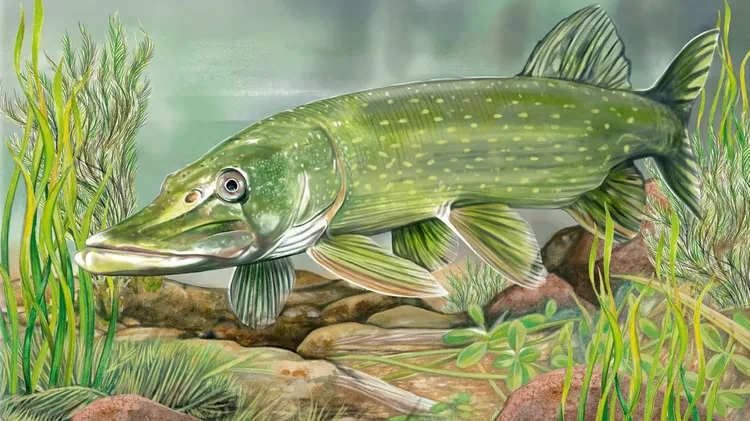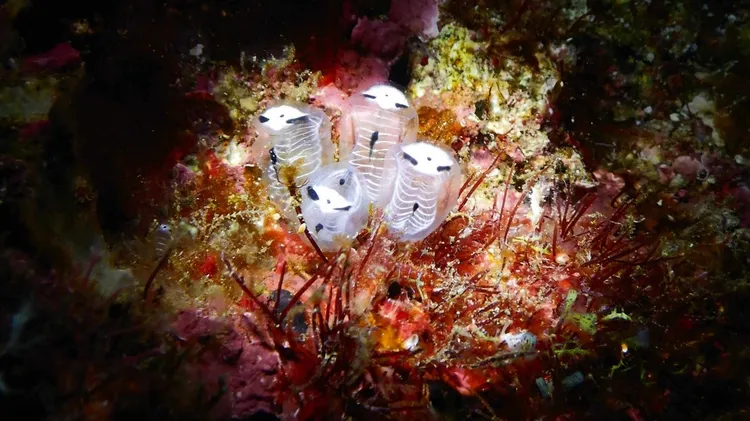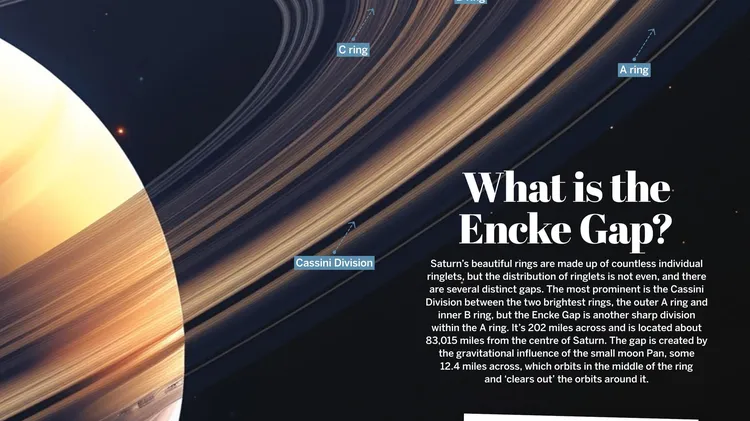With Stuart Blackman Email your questions to wildquestions@imme
What does a vampire squid eat?
7 min read
This article is from...
Read this article and 8000+ more magazines and newspapers on Readly






